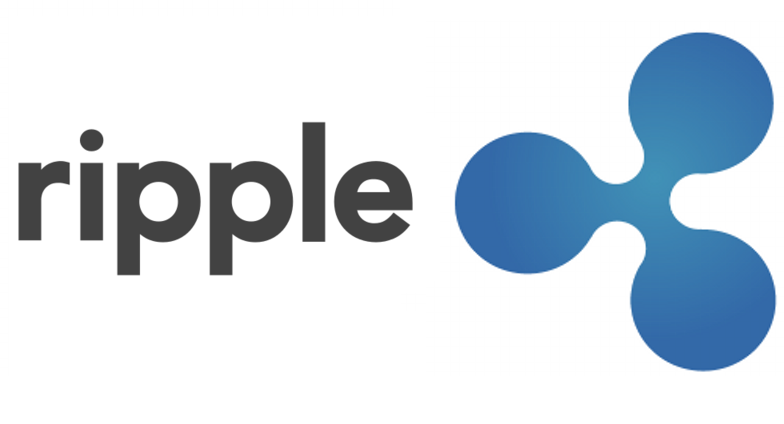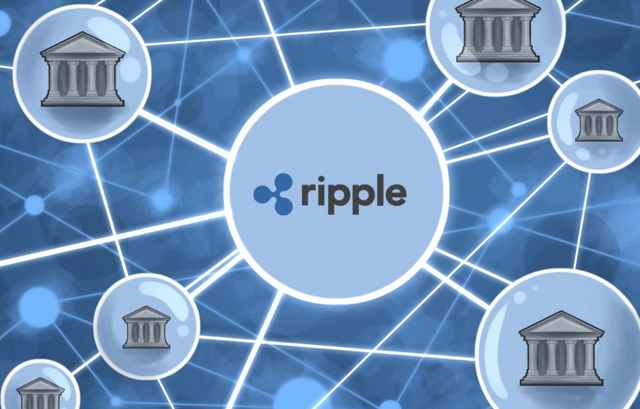
3nd position on crypto market list
Market Cap of : 73 Billions$ Us
10% of crypto dominance
Consensus : Proof-of-Stake
Goal of Ripple
System of immediate international bank transfer has with extreme low cost
Founders
OpenCoin inc. Society
The predecessor Ripplepay, was developed in 2004 by Ryan Fugger
In 2011, Jed McCaleb of the eDonkey network developed the idea of the Concensus System (Proof-of-Stake) to eliminate the energy used by mining and speed up the processing speed of transactions. It also uses block chain technology for the transaction register
In August 2012, McCaleb and Chris Larsen approach Fugger and have a long talks with the Ripple community.
In September 2012 the company OpenCoin is founded
First operation
The first bank to use Ripple was Fidor Bank located in Munich
So what is behind Ripple
Ripple aspring to be the fast and secure interbank money transfer system. By its mathematical algorithm, it calculates the best way to use to transfer funds from one currency to another. So for example passed from Usd to EUR, then from Eur to YEN if the rate is the most advantageous. The Ripple transaction fee starts at 0.00001 XRP. The Ripple network it says decentralized, so can work without the authority of Ripple Lab, for against it is centralized between the banks which they approve the transactions and maintains the register blockchain. Means, bank have been using the Ripple Network for a while, but the trade hasn't been using the XRP token for the transaction.
The Ripple is unloved in the crypto community, since the scripts community at the base was mostly formed of the miners, so they had no interest in the Ripple, especially since the Ripple identifies and associates to the current Fiat banking system.
The Ripple also uses a bridge to Bitcoin. This gives the opportunity if your financial institution is associated with the Ripple platform or even if you hold a Ripple wallet to send funds to any Bitcoin address directly.
PROS of Ripple
- Solution to accelerate international fund transfert
- Reduce costs for the user
- Integrate with the current banking system
- Low transaction costs
- Low cost of operation
CONS OF Ripple
- Centralized between financial institutions
- Non-confidential bank transfer
Conclusion
The ripple seems to find its place in the current financial system. It improves it, by limiting intermediaries, it accelerates the transaction time and reduces the costs related to them. To date, more than 40 financial institutions are members of the ripple network (so does mine 😂), and about sixty is experimenting with networks. If Ripple's technology allows our banks to save on their management and transaction fees, it remains to be seen if we can take advantage of them! 😉

YOU LIVE IN CANADA AND YOU WANT TO INVEST IN CRYPTO???
QuadrigaCX is THE exchange platform to buy or sell crypto with a 5 seconds verifications process. Direct bank wire option with NO FEE if you are not in a hurry, low fee applies for express withdrawals and even more, you can have cash delivered right to your doorstep. Check it out
And if you want to increase your trading performance, I highly recommend studying a trading strategy such as a well known one from Sir Richard D. Wyckoff which is THE trading technique professional traders don't want you to know about.
After completing the course, applying the Wyckoff technique on my crypto trading session allows me to gain over 700% profit in less than 4 months. And I wasn't even good with my trade entry and exit point... yet 😂



